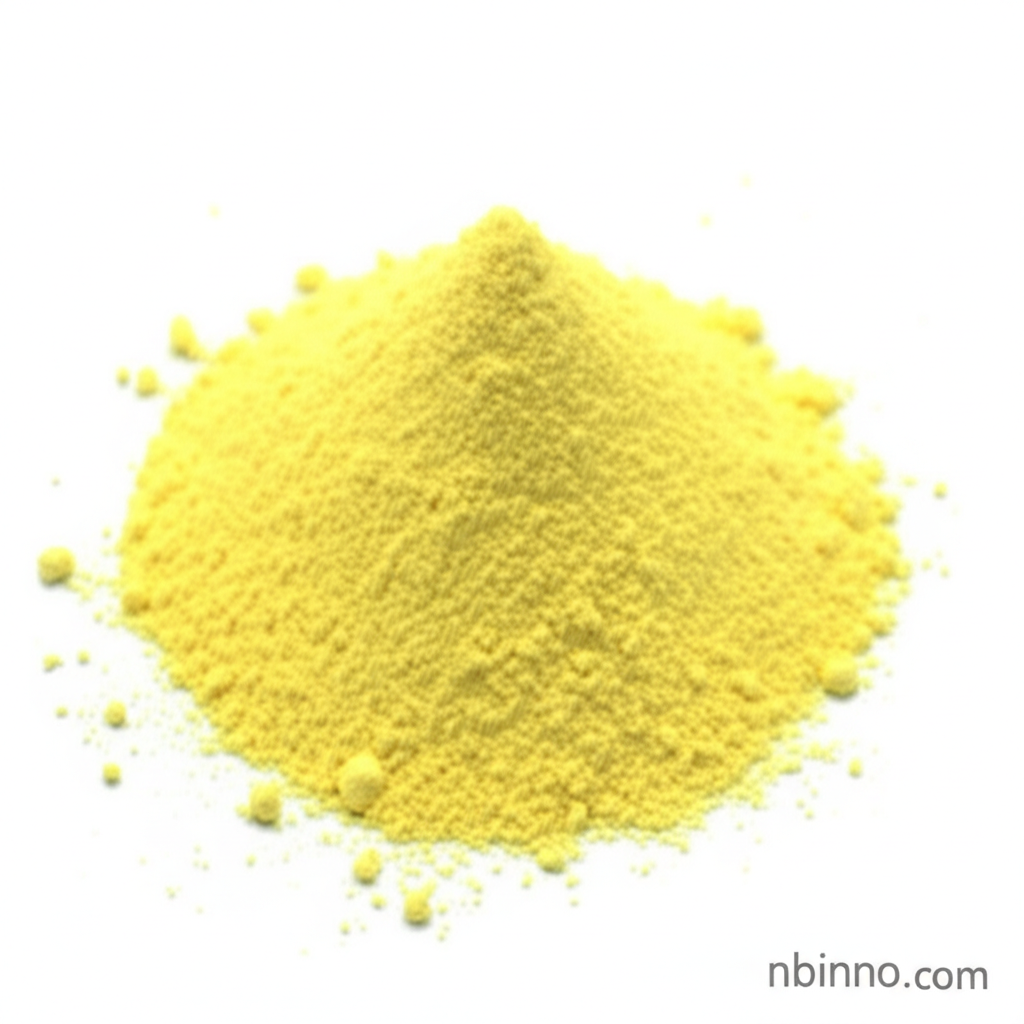2,7-Dichloro-1,8-naphthyridine: A Versatile Chemical Intermediate
Explore the properties, applications, and synthesis of this vital compound for your research and development.
Get a Quote & SampleProduct Core Value

2,7-Dichloro-1,8-naphthyridine
This compound serves as a crucial building block in advanced organic synthesis, particularly valuable for developing new pharmaceutical intermediates and fine chemicals. Its unique heterocyclic structure makes it amenable to various cross-coupling reactions, such as the Suzuki-Miyaura reaction, enabling the construction of complex molecular architectures.
- Leveraging organic synthesis intermediates like 2,7-Dichloro-1,8-naphthyridine is key to efficient molecular construction.
- Discovering pharmaceutical raw materials often starts with versatile heterocyclic compounds.
- Understanding the Suzuki-Miyaura reaction with naphthyridine derivatives opens doors to novel compound development.
- The efficient synthesis of 2,7-Dichloro-1,8-naphthyridine ensures its availability for demanding research projects.
Key Advantages
Versatile Reactivity
The dichloro substitution on the naphthyridine core provides reactive sites for various chemical transformations, making it a highly adaptable building block for diverse molecular targets, including those relevant to pharmaceutical intermediates.
High Purity
With a minimum purity of 97%, this compound meets the stringent requirements for sensitive organic synthesis applications, ensuring reliable and reproducible results in your fine chemical projects.
Established Synthetic Routes
The availability of established synthesis methods for 2,7-Dichloro-1,8-naphthyridine means reliable access for researchers exploring new pharmaceutical raw materials and complex organic structures.
Key Applications
Organic Synthesis
As a key component in organic synthesis, it facilitates the creation of complex molecules. Researchers rely on such fine chemical building blocks for innovative product development.
Pharmaceutical Intermediates
Its structural features make it an excellent precursor for synthesizing active pharmaceutical ingredients (APIs), contributing to the discovery of new drugs and therapies.
Fine Chemicals
Used in the production of various fine chemicals, this compound supports industries requiring specialized chemical compounds with specific properties.
Materials Science
The heterocyclic aromatic system can be explored for applications in materials science, potentially in electronic or optical materials, depending on further functionalization.
